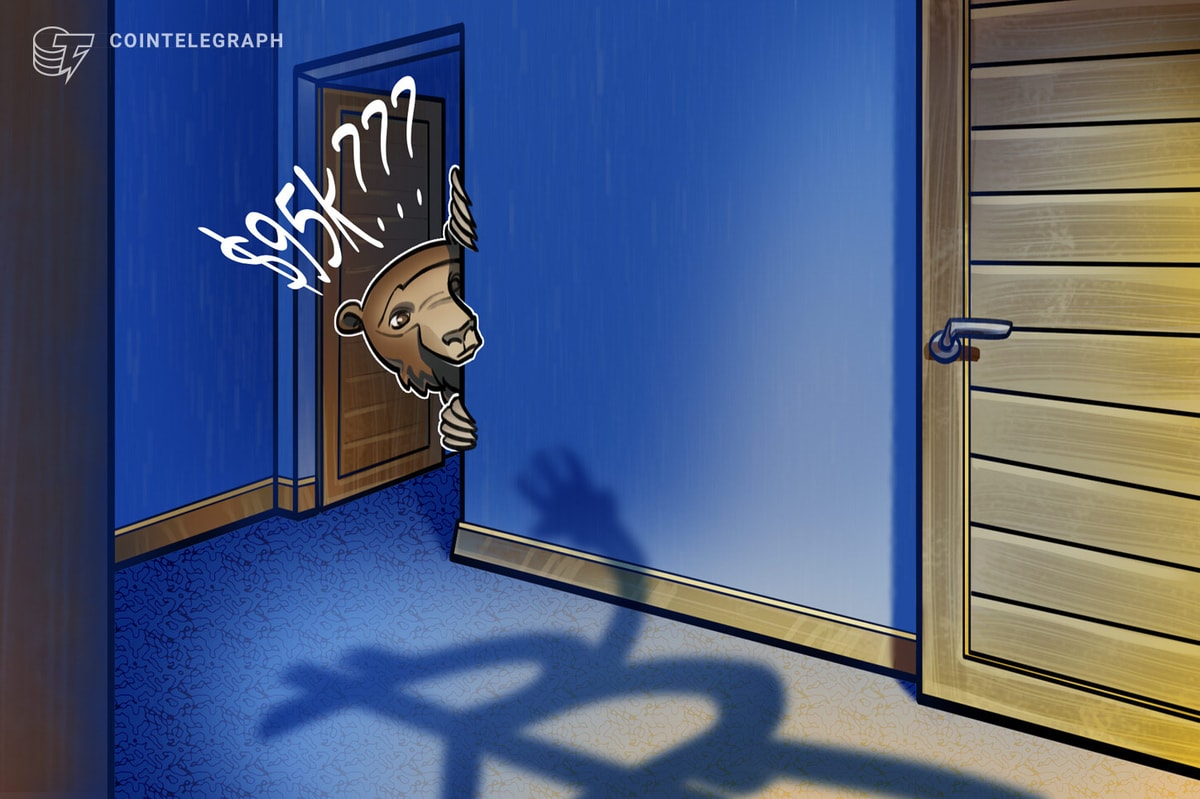Reports from around a million residential power quality sensors throughout the contiguous United States show that power quality is declining in areas near massive data centers. The Bloomberg special report shows that the worst distortions often occur within 50 miles of a major data center, affecting nearly 3.7 million Americans. Poor power quality reduces the life span of electrical appliances, which can cause malfunctions, overheating, and electrical fires.
The data behind the report was gathered through Whisker Labs Ting devices, smart sensors that monitor the overall electrical quality in your home and help prevent electrical fires. With over a million devices deployed nationwide, nearly 90% of American homes have a Ting sensor within a half-mile radius. These sensors provide Whisker Labs with granular data, allowing the company to see consumers' average power quality within their homes in a given area.
“Harmonics are a pretty good canary in the coal mine for early signs of stress and problems,” says Whisker Labs CEO Bob Marshall. Bloomberg likens poor harmonics or power quality to the static you hear from speakers when it’s pushed beyond its limit. It’s also like trash in the middle of the road, which impacts all users in the area, not just the immediate home, says Hasala Dharmawardena, a senior engineer at the North American Electric Reliability Corporation.
However, the power providers in some of the affected areas are disputing these claims. “ComEd strongly questions the accuracy and underlying assumptions of Whisker Lab’s claims,” Commonwealth Edison spokesperson John Schoen said in an email to Bloomberg. “Ting devices are installed in the home and do not directly measure harmonics on the grid.” Commonwealth Edison is the utility company that delivers power to the Chicago area.
Virginia power provider Dominion Energy also says it hasn’t seen the distortion levels reported by Whisker Labs and claims its measurements stay within industry standards. Although the company said that there were a few instances where higher-than-normal disruption occurred, these were usually because of abnormal configurations or teething issues that appeared with new equipment. These are often immediately resolved, says the company.
Thankfully, Bloomberg says there is an easy solution to this problem, and some solutions are already being worked on. But in the meantime, power companies should look into the data Whisker Labs delivered, especially if they’re widespread. After all, issues appearing in hundreds of homes might be a problem with the electrical infrastructure within those buildings. Still, if the issue affects millions of Americans, it could likely be a symptom of a more widespread grid problem—something that must be addressed before it’s too late.

 4 days ago
5
4 days ago
5








 English (US) ·
English (US) ·